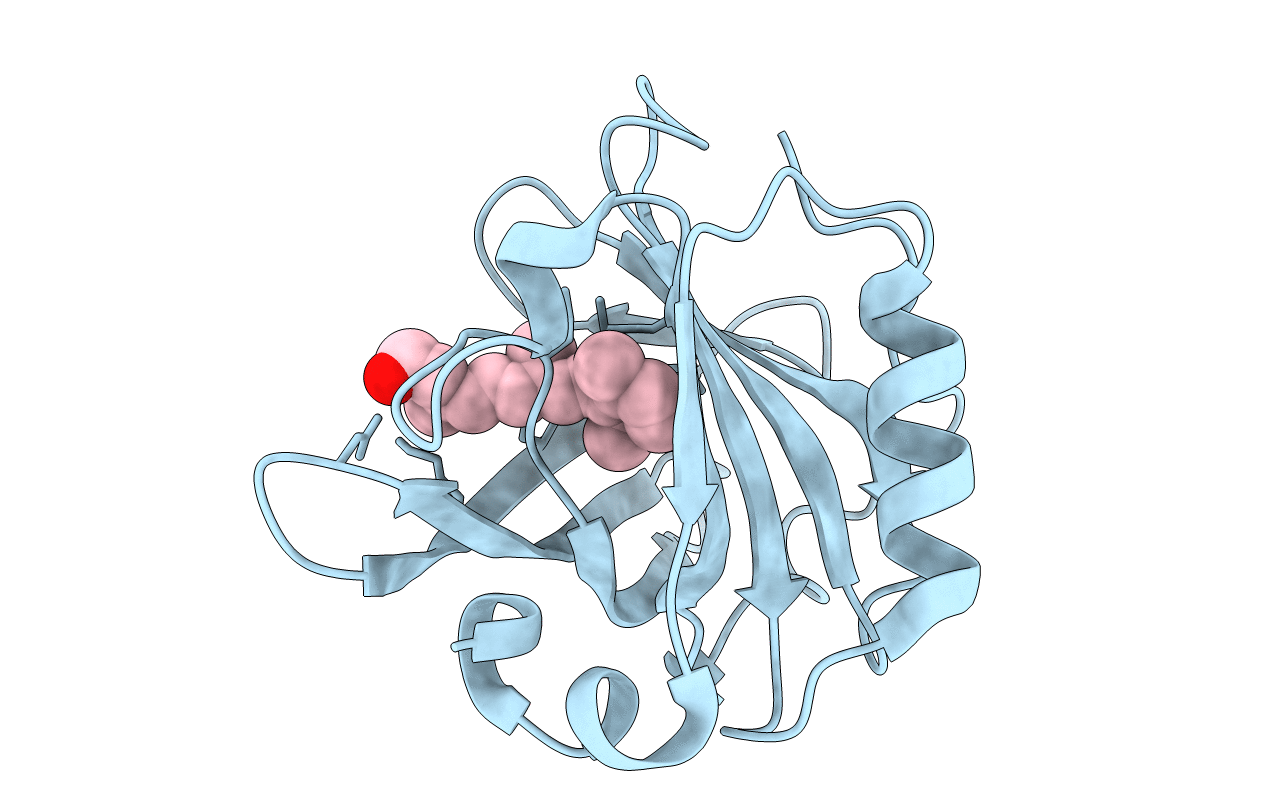
Deposition Date
2002-03-29
Release Date
2002-06-13
Last Version Date
2025-10-01
Entry Detail
PDB ID:
1GX8
Keywords:
Title:
BOVINE BETA-LACTOGLOBULIN COMPLEXED WITH RETINOL, TRIGONAL LATTICE Z
Biological Source:
Source Organism:
BOS TAURUS (Taxon ID: 9913)
Method Details:
Experimental Method:
Resolution:
2.40 Å
R-Value Free:
0.30
R-Value Observed:
0.21
Space Group:
P 32 2 1


